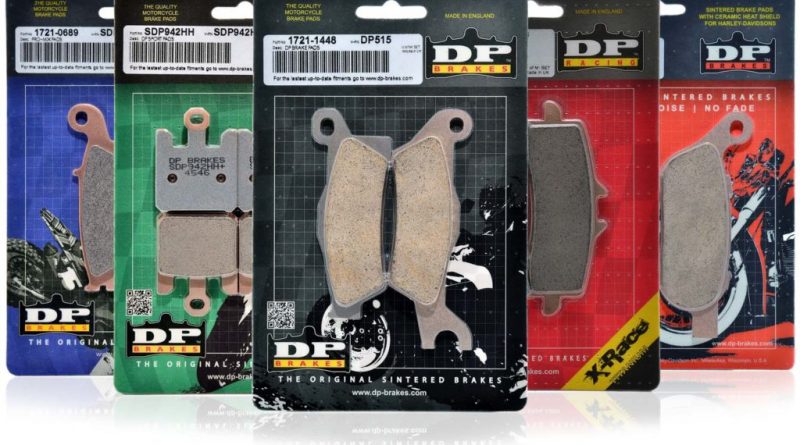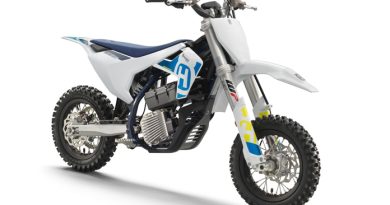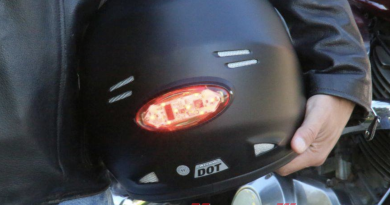DP Brake Pads | Gear Review
DP Brakes were the first to develop sintered brake pads for motorcycle use, and now sintered pads are used in nearly all OEM specifications.
Having bought my first Triumph Bonneville in 1960, I must say that my 2006 version has some notable upgrades. Like the brakes, with single discs on both wheels. Honda did it first with its CB750 in 1969, and then everybody followed suit.
My 2006 Bonnie has fixed brake discs, and when changing tires a couple of months ago, I noticed the pads on the sliding calipers needed replacing. There are fancier (and more complicated) braking systems, but I’m happy with what the Bonnie has.
A call to DP Brakes in Lancaster, New York, got me two new sets in the mail. The packages warned, “Brake pads should be fitted by experienced mechanics,” which leaves me out. I decided that my local technician, Herb, should do the job. Better to have an expert do the job than for me to do it inexpertly. If you really want to know more about your motorcycle’s brakes, I recommend getting a Haynes manual.
The author’s 2006 Triumph Bonneville has single-disc brakes front and rear.
Motorcycle brake pads mostly use the sinter (great Scrabble word!) process, which means taking a powdered mix of various metals and compacting it, then using the right amount of heat and pressure to create the pad. Done right, this increases things like tensile strength in the pads. DP says it was the first company to use this sintering method, and OEMs now use sintered pads on virtually all their motorcycles.
Heat is the main problem in braking. Squeeze the front brake lever, or use your foot on the rear pedal, and the fluid pushes the little pistons behind the pads against the spinning disc. If you are going fast down a steep hill and approaching a tight curve, the pads slow the disc and transform kinetic energy into heat. Fortunately, in normal riding, all that heat escapes into the air and the pad compound is quickly good for the next braking event.
Fitted to the author’s Triumph Bonneville, the DP brake pads provided swift, smooth braking and excellent lever action.
There is a break-in period for brake pads, with relatively gentle use advised for the first 150 miles. After that, I took the Bonnie out on a twisty section of local road around here, nicknamed Rossi’s Driveway, and was quite satisfied with the swift, smooth slowing down, providing excellent lever action and sensitive pedal operation, even when pretending there was an emergency with a couple of very fast stops on my non-ABS bike.
There was no chance to try them out in the rain here in drought-stricken California, but since they are manufactured in the United Kingdom, a nation noted for its many rainy days and wet roads, I figure that DP knows what it is doing. MSRP for the front DP118 pads is $48.95, and for the rear DP411 pads is $37.95.
For more information visit: dp-brakes.com
The post DP Brake Pads | Gear Review first appeared on Rider Magazine.




